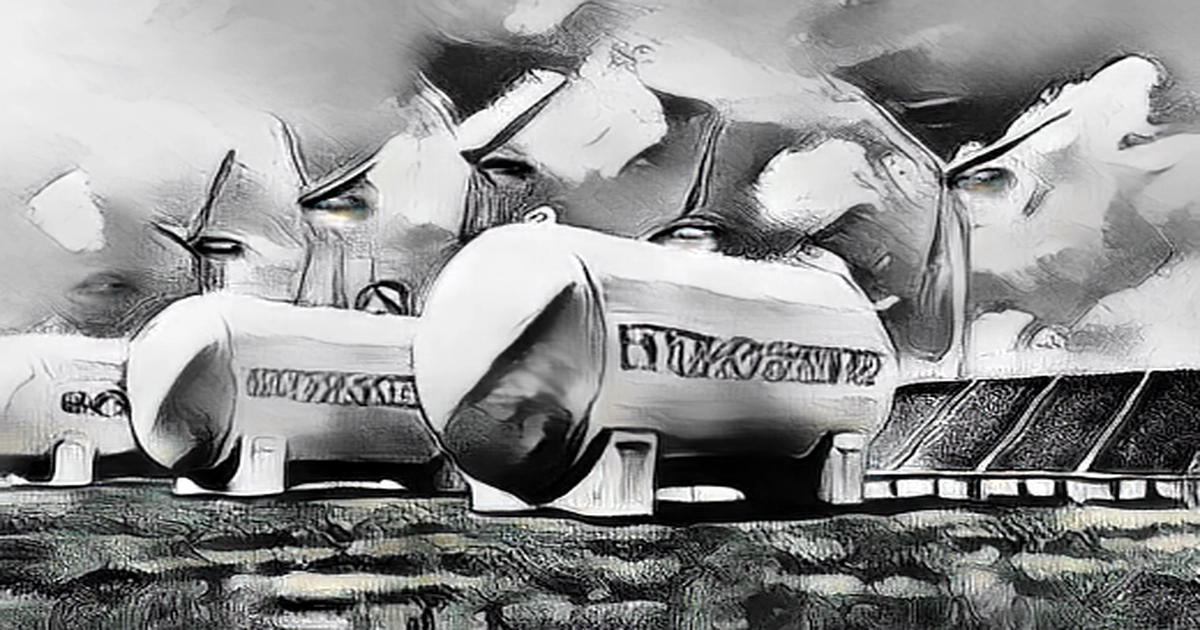
The governments of major economies are funding the development of green fuels to decarbonize, BP chief executive Bernard Looney said the company is betting on hydrogen to power future low-carbon businesses.
Low-carbon hydrogen is predicted to play a key role in reducing greenhouse gas emissions from heavy industries and transportation, but it is expensive to produce and requires government support to compete against fossil fuels.
Under President Joe Biden's $430 billion Inflation Reduction Act IRA, the US is offering large incentives for producing hydrogen-based fuels.
Tomeka McLeod, BP's head of hydrogen in the US, said the company is in the early stages of planning to develop a large, low-carbon hydrogen hub around its Whiting, Indiana refinery.
Hydrogen will make a major contribution, along with offshore wind, according to the company.
BP has made several investments in large hydrogen projects, including in Australia, Europe and the UK, and has revamped its corporate structure to create a dedicated hydrogen division led by Felipe Arbelaez, which has 150 staff members.
BP's spending on low-carbon hydrogen is projected to grow into the hundreds of millions by the end of the decade, despite the launch of related projects.
In 2022, BP spent about half of its $15.5 billion budget on low-carbon businesses, considering the $4.1 billion acquisition of American biogas producer Archaea, according to Reuters calculations.
In February, Looney and BP's head of renewables Anja-Isabel Dotzenrath will announce a clean hydrogen production target for the first time, with the aim of gaining a 10 percent share of hydrogen in core markets by the year 2030.
The company's chief financial officer, Murray Auchincloss, told the company's chief financial officer last month, that Hydrogen will be a big focus and it is moving much faster than we thought it would. The process of heating natural gas, known as grey hydrogen, is a polluting process, which is mainly used in the oil refining and the fertilizer industry.
Green hydrogen is produced by splicing water using renewables-powered electrolysis, while grey hydrogen becomes blue hydrogen if the polluting emissions are captured.
Carbon capture and storage facilities are planned to be built in the hope of increasing blue hydrogen output, BP plans to build carbon capture and storage facilities, where carbon is injected into depleted reservoirs.
